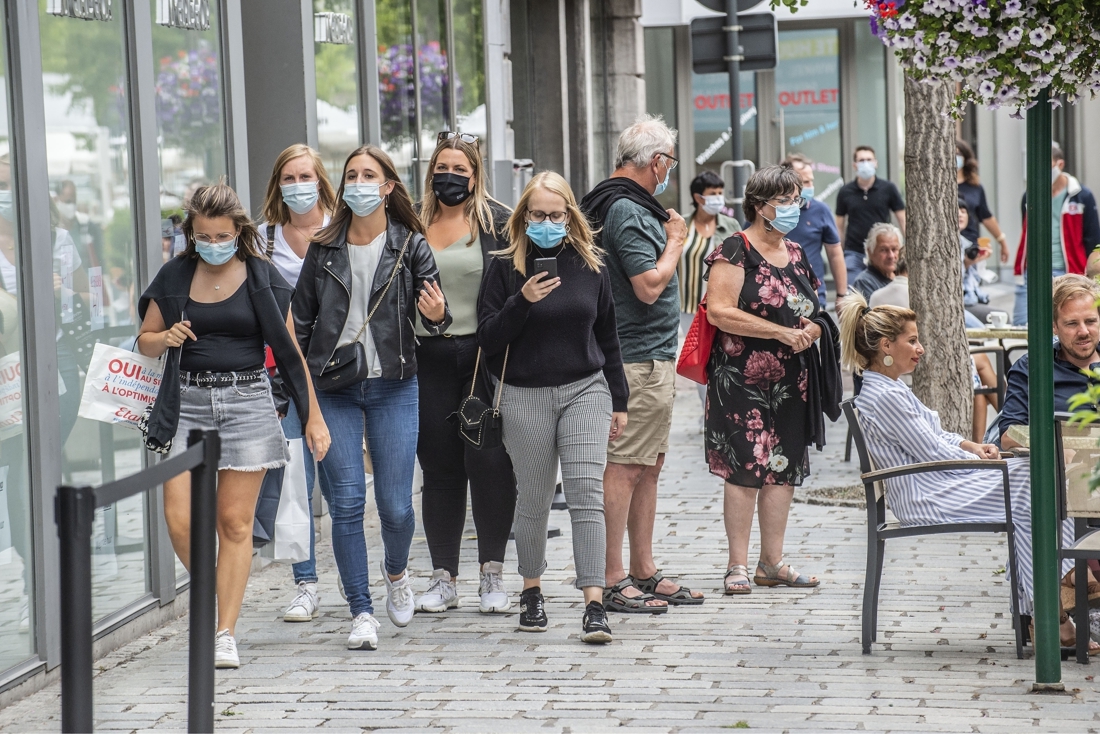The cosmos continues to spoil us and after the shooting stars of the Perseids, the planet Jupiter will be very sharp in the near future. Due to its short distance from Earth, the planet appears extra large and bright. You can read in this article when it is best to go and have a look.
The fifth and largest planet of our galaxy will be very visible in the near future. Jupiter, the sun and the earth align. This is also called the “opposition of Jupiter with the sun” called because they are exactly opposite each other.
Jupiter relatively large and bright
Due to the relatively small distance between Earth and Jupiter during the period of opposition, the planet is relatively large and bright, and therefore easy to see! The clouds should of course not throw a spanner in the works. This opposition will take place on Friday, August 20, roughly at half past two in the morning. Fortunately, you don’t necessarily have to get up late at night and Jupiter can also be spotted at other times.
Best times to watch
Since Jupiter, the Earth and the Sun are on that same line, Jupiter becomes visible when the sun sets. The planet can therefore be seen almost all night. Jupiter rises in the east after sunset and sets in the west with the sun rise. So the sun and Jupiter exchange a penny! A handy mnemonic might be that he vdisappears in the VS and temerges in Thailand. The only thing that can get in the way of Jupiter is clouds. In the most comprehensive weather forecast in Belgium you will read when there are clear spells and you can enjoy this beautiful spectacle!
Jupiter is clearly visible not only during the exact moment of opposition, but also several weeks and even months before and after. For example, tonight you already have a good chance. In the days and weeks before August 20, it is better to get out of bed a little earlier and stay awake a little longer in the period after that.
Planets have the appearance of a bright star during an opposition. Photo: Thieu Nielissen
Striking dot in the sky
With the naked eye you see Jupiter as a bright star. With binoculars you have a chance to spot the four largest moons. For a close-up you do need a telescope and then the characteristic bands come into view.
Due to the ovoid orbit of Jupiter and the Earth, the moment of shortest distance does not exactly coincide with the moment of opposition. The distance is smallest at 7:30 am, but then the sun has already risen for an hour and Jupiter is no longer visible. We have to wait a little more than a year for the next suitable viewing moment. Only in 399 days all noses will be in the same direction again!
Main photo: Jan Geenen
–


